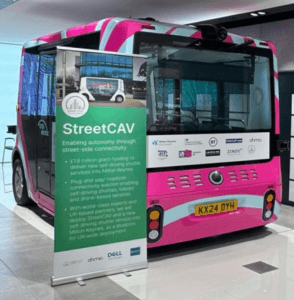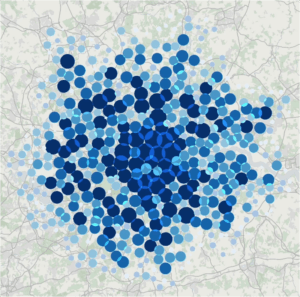The Europe-wide Traveller Information Services Association, TISA, has announced that two of its members have demonstrated a live data feed that provides external real-time data specifically tailored for Automated Driving vehicles. It says this will help increase safety and ensure better traffic management.
TISA members TomTom and NNG have proved it is possible to send real-time data specifically generated to supplement the onboard sensor data of an autonomous vehicle from an emergency vehicle. They say the data feed generated by TomTom in Berlin was perfectly received in Budapest by NNG, who processed the data using an autonomous driving simulation. This triggers certain actions, such as forming an emergency lane or informing passengers about deviations of the planned route, as well as preventing non-standard manoeuvres caused by an approaching emergency vehicle that the passengers might not yet be aware of.
At the base of this demonstration was a completely updated version of the TPEG2 protocol, which is the successor of the globally very successful RDS-TMC and nowadays part of most modern navigation systems. It offers a method for transmitting multimodal traffic and travel information, regardless of client type, location or delivery channel (e.g. mobile networks, DAB, HD radio, etc.). However, to suit the specific needs of AD vehicles concerning flexibility of delivery, as well as richness and granularity of the information, a completely new data model was conceived and combined with state-of-the-art serialisation and compression, plus a hybrid request-response / publish-subscribe communication paradigm. The first main objective of TPEG3 is to improve situation awareness by providing an ‘additional sensor’ for AD vehicles, effectively extending the range of onboard sensors whilst being faster than current map updating techniques. The second objective is to support traffic control strategies and policies for the safe and efficient usage of available road infrastructure.
TISA will now start improving the logical data model, adding a large number of new use cases requested by TISA members. TISA will also integrate rich meta-data to describe quality characteristics and the provenance of the source data, as well as to assist the processing and interpretation of the information in the AD vehicle with rich contextual information. TISA will further liaise with other standardisation organisations to ensure alignment and interoperability with in-vehicle communication.
(Picture – Yay Images)



























